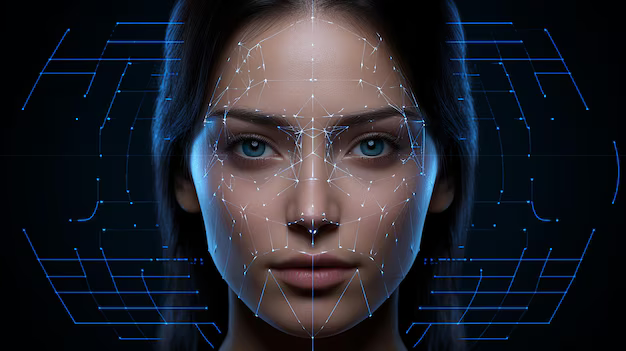Online adult material has been struggling with a consent crisis over the years. Deepfake pornography has demonstrated the ease with which technology can be used as a weapon: the faces of real people are duplicated, altered, and placed into explicit content without the knowledge of the real people. The practice annuls consent and leaves the victims with their reputational damage, emotional trauma, and very scarce legal action. It is not about the technology itself, but its application to utilize real people.
On a very different level, AI porn generators do not rely on a different basis. They do not use real identities but instead create complete fictional characters. None of the photos have been uploaded, no real names are used, and no stolen likenesses are included. This makes them ethically differentiated and puts them in a safer position compared to the harmful ones, which has been a topic of public discourse.
What Makes Them Consent-First
Consent is not merely a byproduct of these platforms; it is integral to their design. Ethical AI generators have strict safeguards: they block known names, prohibit image uploads, and filter out content that could resemble identifiable people. This ensures that no person is ever unknowingly turned into material. Every generated image or character exists purely in the digital space, imagined and synthetic from the start.
Because no human likeness is involved, no one’s autonomy is at risk. Users can explore scenarios, aesthetics, and fantasies without crossing ethical lines or violating someone’s rights. In a digital landscape where consent is often blurred or ignored, this design choice represents a decisive cultural shift.
Empowering Private, Safe Exploration
One of the most apparent benefits of AI porn generators is how they let people engage with sexuality privately, safely, and without fear of exploitation. Unlike traditional adult content, which often relies on real performers, these platforms remove the human element entirely. There are no actors, no coercion, and no blurred boundaries between performance and reality.
For many users, this privacy fosters a more honest experience. They can safely explore personal preferences, test new ideas, or express parts of their identity that may not be represented in mainstream adult media. It becomes a form of self-discovery, not just consumption. This approach advocates for a “right to fantasy,” a private space where imagination doesn’t harm anyone.
Challenging Old Power Dynamics
Traditional adult content has long faced criticism for exploitative labor, narrow beauty standards, and a lack of control for performers. Ethical AI erotica flips this model. Because the content is fictional, it removes power imbalances altogether. There is no hierarchy between performer and consumer, because there are no performers. Users become co-creators of their experiences, setting the pace and tone on their own terms.
This autonomy reframes sexual content as something collaborative rather than extractive. It aligns with the growing trend of users moving away from passive viewing toward active, imaginative engagement. Instead of simply watching, they shape the experience to match their personal desires, creating content that reflects their individuality rather than conforming to someone else’s vision.
A Cultural Shift Toward Informed Consent
The introduction of AI porn generators also points to an even broader cultural change. All AI-generated adult material has been the subject of public discourse about AI porn over the years, without considering the ethical implications between fictional-only tools and non-consensual deepfakes. This misperception is not only damaging to general knowledge, but it also poses a danger of creating the same brush with which exploitative platforms are painted.
It is not a problem of the tool, but of its use. The division, to the extent of distinguishing fictional content and identity-based impersonation, AI generators dismantle the notion that technology and consent need to be antagonistic. They demonstrate that innovation can be used to reinforce boundaries rather than weaken them. This transparency is essential if society is willing to accept digital intimacy without also facilitating digital harm.
Why This Matters Now
As laws scramble to catch up with deepfake abuse, ethical platforms are quietly modeling what responsible innovation can look like. They show that it is possible to create immersive, customizable adult content without harming real people or crossing personal boundaries. This matters because it proves consent and creativity can coexist and even reinforce each other.
By prioritizing fictional-only design, these platforms offer a blueprint for the future: one where sexual expression is imaginative yet respectful, personal yet safe, and rooted in user choice rather than exploitation. They invite society to stop conflating all AI content with harm and start recognizing the difference between invention and violation.
The Bottom Line
The generators of AI porn are transforming digital erotica by making consent central. They eliminate the threat of exploitation in the real world and instead introduce user-led creativity, which is personal. This way, they provide not only a new type of content but also a cultural reset. Ethical AI platforms are demonstrating that technology can be used to safeguard consent, whereas deepfakes have shown that technology can remove it.
This is not about overtaking human intimacy; it is about providing people with a safer space to experiment with intimacy without harming anyone. The AI porn generators are demonstrating that pleasure and responsibility do not need to be in opposition by redefining consent in the digital era. They may and ought to exist together.



